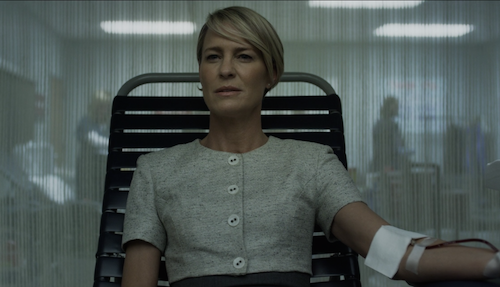This article is about the arbitrary nature of fear and worry and the way that your subconscious ignores most of your ‘real’ fears in favour of just one, specially for you.
If you suffer from one of the many anxieties that modern life offers read on. From fear of being sick, fear of food poisoning, fear of fainting or going mad,fainting,blushing,needing the loo,having a panic attack,looking nervous,public speaking,being trapped; the list is endless.
Anxiety and fear is based on the idea that something bad is going to happen and that the terrible event is too awful to contemplate, it would be earth shattering and must be avoided at all costs.
Yet, is it not strange that so many different people suffer from so many different fears and anxieties, but each person suffers from just one? Yet all of them are rational, in the sense that they are all possible. Somehow the sufferer of a fear of X is very likely not to have a fear of Y, unless you have a fear of mathematics! Very rarely does someone worry about all the possible things that could happen to them. It is as if one fear is enough. We know that dreaded thing could happen, so we spend a lot of time and energy trying to reduce that possibility of that particular thing happening. Planning, avoidance and dread is the order of the day.
In my work as a therapist helping sufferers of anxiety I often ask them why they do not fear all of the other things that could happen in their life. They often respond with the confident assertion;” Oh I will deal with that if it happens”. In other words they cannot be bothered to worry about it in advance, even though the possible experience would be unpleasant and upsetting. They are too busy worrying about their own personal fear to spend time worrying about all the other ones, however possible or rational.
My point here is that the chosen fear is abitrary. The fear could be any one of a hundred possible ‘worst case scenarios’. Yet the subconscious has settled on just the one, leaving the other 99 to chance, with a happy go lucky shrug of the shoulders. We dismiss the 99.
How could this perspective help those that suffer from anxiety?
Well, it often helps to look to your strengths instead of dwelling on your weaknesses. By concentrating on your ability to shrug off all those 99 fears, you can use this fact to help build your confidence. Because you clearly are coping very well in a world of so many possibilities and have a natural ability in dealing with those 99 fears. OK, so you go weak and wobbly at your own chosen fear but look at how you deal with the 99. Resourcefulness is the opposite of anxiety and by musing on your innate happy go lucky attitude to the majority of terrible things that could happen is a confidence builder.
Try it.






